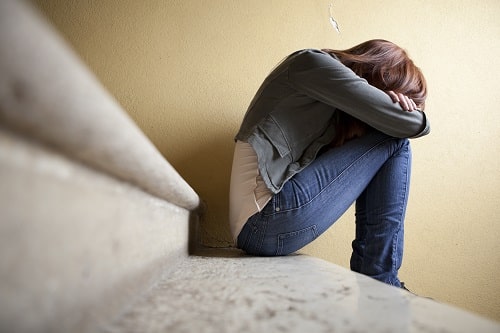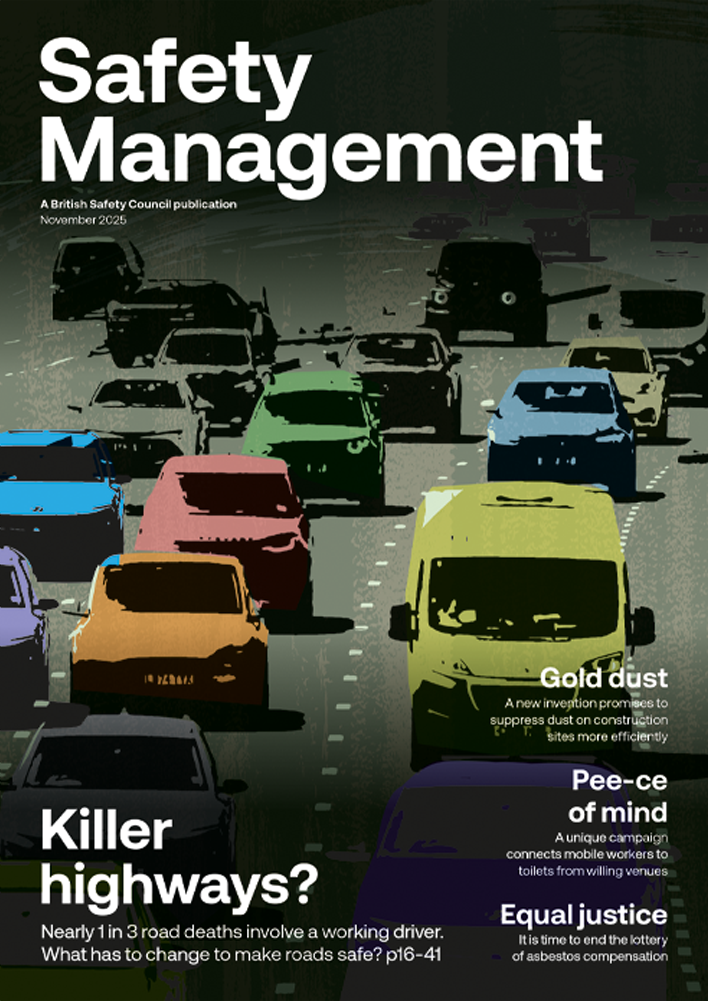The number of people suffering from work-related stress, anxiety, and depression have more than doubled in the past twenty-five years to reach an all-time high this year, HSE stats reveal.
News
Work-related stress, anxiety and depression reach record high, HSE stats show
According to HSE’s report published yesterday, nearly one million, or 964,000 workers suffered from work-related stress, depression or anxiety in 2024/2025.
This represents 2,770 per 100,000 workers and resulted in an estimated 22.1 million working days lost.
It’s a more than 100 per cent increase since annual records began to be collected for work-related stress, anxiety, and depression in 2001/2002, when there were around 1,380 cases per 100,000 workers.
 Graph from HSE's work-related stress, anxiety and depression report showing levels have accelerated since the pandemic and grown since records began in 2001/2
Graph from HSE's work-related stress, anxiety and depression report showing levels have accelerated since the pandemic and grown since records began in 2001/2
Commenting on the annual statistics for ill health and injuries that were released for Britain, HSE Chief Executive Sarah Albon said: “Great Britain maintains its position as one of the safest places to work globally, built on more than 50 years of health and safety regulation. However, these statistics demonstrate that workplace health challenges persist, particularly around mental health."
“We remain firmly committed to protecting people and places, supporting businesses to create healthier working environments, and ensuring continuous improvement in workplace safety standards across Britain," she added.
Female workers have “significantly higher” stress
Work-related stress, anxiety and depression affect women more than men, shows the data, with rates around 25 percent higher for female workers compared to their male colleagues.
Looking at the prevalence rate for female workers, HSE says it was 3,220 per 100,000 workers, compared to 2,580 per 100,000 workers for male workers.
From the age of 25, stress appears and continues throughout a woman's working life, says HSE, with pressure peaking for those aged 25-34 and remaining high at 35-44 years, ages when many women are juggling family responsibilities, such as caring for children and elderly parents.
 Women are 25 per cent more likely to report work-related stress than men. Photograph: iStock
Women are 25 per cent more likely to report work-related stress than men. Photograph: iStock
Teachers and health workers
Doctors and other health professionals, teachers and health and social care workers are all in the top three groups for having statistically higher rates of work-related mental ill health than the all-industry average.
The main causes are workload, particularly regarding tight deadlines, too much work or too much pressure or responsibility.
Other factors identified by HSE included a “lack of managerial support”, violence and bullying, organisational changes at work and role uncertainty, or not being clear about job purpose and responsibilities.
Trends
In the historical picture report which accompanies the stats, HSE says that the rate of self-reported work-related stress, depression or anxiety had already shown signs of increasing before the Covid pandemic, having been broadly flat since 1998/9.
In the past three years since Covid however, the rates have accelerated. The rates for work-related mental ill health in each of the latest three years are higher than the 2018/19 pre-coronavirus level, standing at 2,770 cases per 100,000 workers (2.8%) in 2024/25.
HSE says that breaking the taboo around mental ill health which means more people are talking about and sharing experiences, may explain the recent rise: “It is likely that awareness of work-related stress and attitudes towards it changed in the 1990s, which will have affected reporting levels,” says HSE.
Social and academic pressures, and issues like social media use and loneliness are other factors behind the rise, say others, with more younger workers experiencing mental ill health than before. According to the Resolution Foundation, one in three, or 34 per cent, of young people aged 18-24 reported symptoms of depression, anxiety or bipolar disorder.
HSE has also published annual data on occupational lung disease, mesothelioma and musculoskeletal disorders, as well as fatal injuries and non-fatal injuries.
All reports here
NEWS

Work-related stress, anxiety and depression reach record high, HSE stats show
By Belinda Liversedge on 21 November 2025
The number of people suffering from work-related stress, anxiety, and depression have more than doubled in the past twenty-five years to reach an all-time high this year, HSE stats reveal.

Workforce shortages within nursing causing nightmares and panic attacks, warns RCN
By Belinda Liversedge on 19 November 2025
Health care settings in the UK, including hospitals and care homes, are so short-staffed that nursing staff are continuing to work while unwell; with stress as the leading cause of illness hitting an eight-year high, a Royal College of Nursing (RCN) survey has revealed.

First workplace standard to address suicide awareness is published
By Belinda Liversedge on 07 November 2025
BSI has today published BS 30480, the UK’s first-ever national standard to help workplaces prevent and respond to suicide.



